UK: Greater Spurge Hawkmoth; Mediterranean Hawkmoth, F: Sphinx Nicéa; Sphinx de Nice; Sphinx de l'Esule, D: Riesenwolfsmilchschwärmer; Gro▀er Wolfsmilchschwärmer, RUS: Nitstskii Brazhnik, H: görög szender, E: esfinge mediterranea, FIN: Välimerenkiitäjä, HR: sredozemni ljiljak.
Celerio nicaea var. sheljuzkoi Dublitzky, 1928, Ent. Z., Frankf. a. M. 4: 38--42.Type locality: Turkestan [Kazakhstan], Wernyi [Almaty/Alma-Ata].
(Taxonomic note. Apart from size, this subspecies has no clear characters separating it from subsp. nicaea (de Prunner, 1798), so it may well be only a form. Hyles nicaea 'libanotica' is a large, less spotted, local form of subsp. sheljuzkoi from the Lebanon, Turkey and Iran, and certainly does not warrant subspecific status.)
Holarctic; western Palaearctic region. Pleistocene refuge: Polycentric -- Syrian, Iranian and Turkestan refugia.
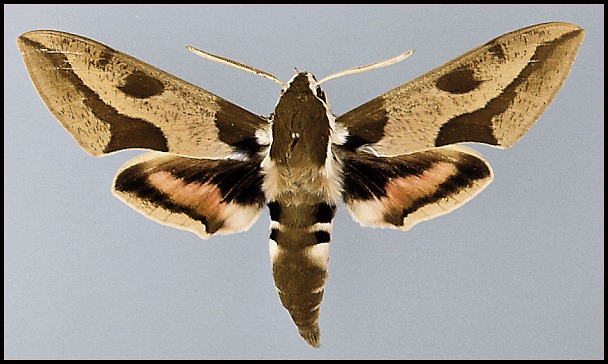
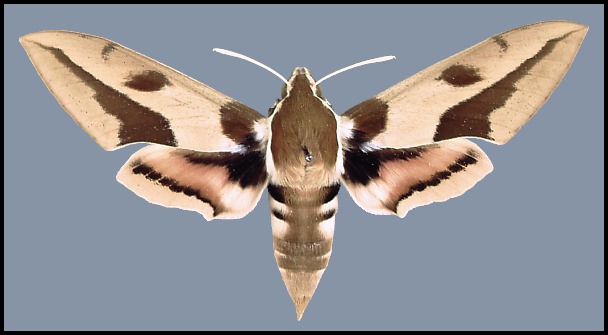
Wingspan: 90--110mm. By far the largest subspecies of Hyles nicaea, but variable both in size and in the amount of dark speckling on the forewing, the most heavily dusted individuals being more common in Kazakhstan and China (Pittaway, pers. obs.). Some specimens even approach subsp. orientalis (Austaut, 1905) in the Transcaucasus region.
As with Hyles hippophaes (Esper, 1789), some specimens found above 2000m in Kurdistan and Iran may be considerably larger than normal.
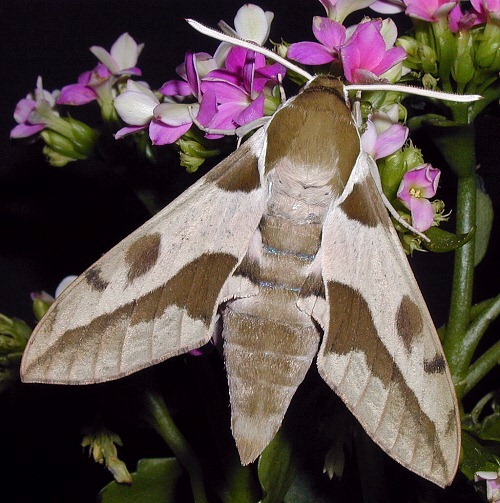
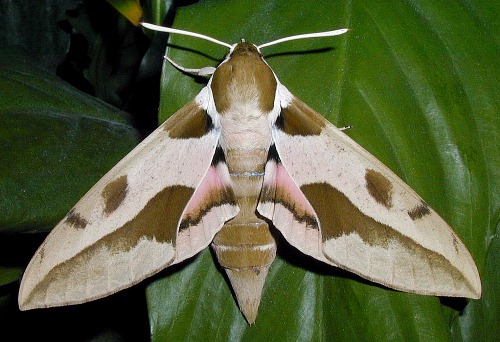
Occurs on dry, stony slopes at high altitudes -- up to 2800m in the Pamirs and above 1300m in Jordan (Müller et al., 2005a).
May, July/August and sometimes September, in two or three generations, the third always partial. In Jordan there is a peak in July (Müller et al., 2005a). Only recorded from mid June to mid July in Kazakhstan, indicating a single generation (Yakovlev, Dubatolov & Titov, 2013).
OVUM: As subsp. nicaea.
LARVA: As subsp. castissima (Austaut, 1883).
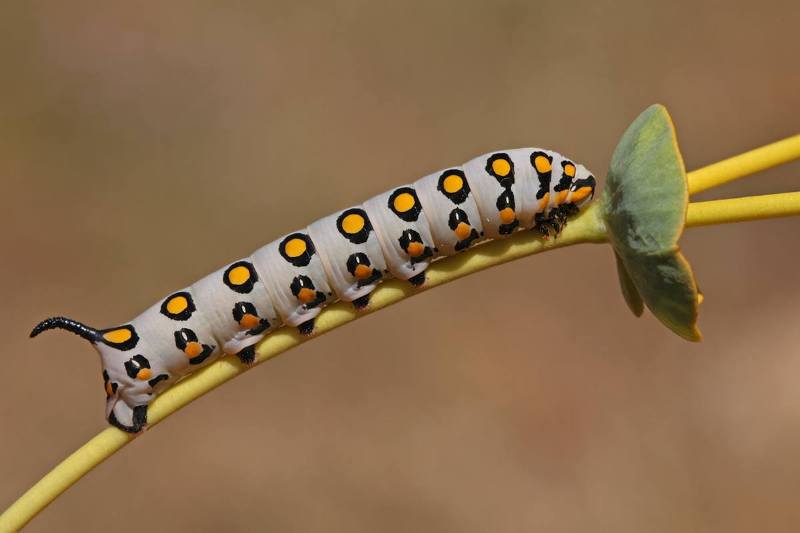
Hostplants. Herbaceous Euphorbia spp., with Euphorbia oxydonta recorded from Jordan (Müller et al., 2005a). Euphorbia esula subsp. tommasiniana (Bertol.) Kuzmanov [syn. Euphorbia jaxartica (Prokh.) Krylov] has been recorded from Kazakhstan (Toropov, Milko, Zhdanko & Evdoshenko, 2023).
PUPA: 50--55mm. Larger than but otherwise identical to that of subsp. nicaea.
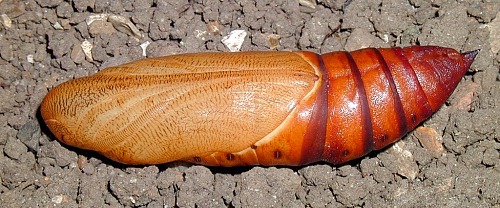
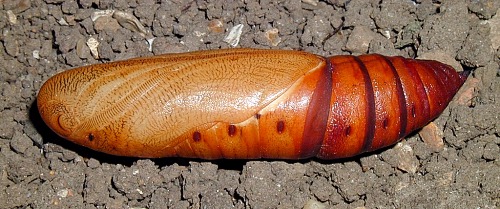
None recorded.
Lebanon (Zerny, 1933; Ellison & Wiltshire, 1939; 'toutsi', iNaturalist, 2020), northern Israel (Müller et al., 2005b; Yuval Evron, iNaturalist, 2020), western Jordan (Müller et al., 2005a), southern and eastern Turkey (Hariri, 1971; Kemal & Košak, 2016; Košak & Kemal, 2018), northern Iraq (Wiltshire, 1957; Kemal & Košak, 2018c), the northeastern Caucasus (Didmanidze, Petrov & Zolotuhin, 2013), southern Dagestan (Russia), the southern Republic of Georgia (Didmanidze, Petrov & Zolotuhin, 2013), Armenia (Didmanidze, Petrov & Zolotuhin, 2013 ;Wąsala & Zamorski, 2015), Azerbaijan (Didmanidze, Petrov & Zolotuhin, 2013; Snegovaya & Petrov, 2021), Iran (Watkins & Buxton, 1923; Ghassemi, Alemansoor & Alehossein, 2010; Lehmann & Zahiri, 2011), Turkmenistan (Danov & Pereladov, 1985; Dubatolov, [1999]), Uzbekistan (Danner, Eitschberger & Surholt, 1998; Askar Akhmedov, iNaturalist 2008; Toropov, Milko, Zhdanko & Evdoshenko, 2023), eastern and southern Kazakhstan (Dublitzky, 1984; Yakovlev, Dubatolov & Titov, 2013; Shovkoon, 2015; Pavel Gorbunov, iNaturalist 2019; Toropov, Milko, Zhdanko & Evdoshenko, 2023), Kyrgyzstan (Kondratiev coll., NHMUK; Korb, 2018; Toropov, Milko, Zhdanko & Evdoshenko, 2023), the Pamirs (Derzhavets, 1984), Afghanistan (Daniel, 1971), western Mongolia (Yakovlev, Ustyuzhanin & Doroshkin, 2005; Yakovlev & Doroshkin, 2017) and western Xinjiang Province, China (Pittaway & Kitching, 2000).
Extra-limital range. None.
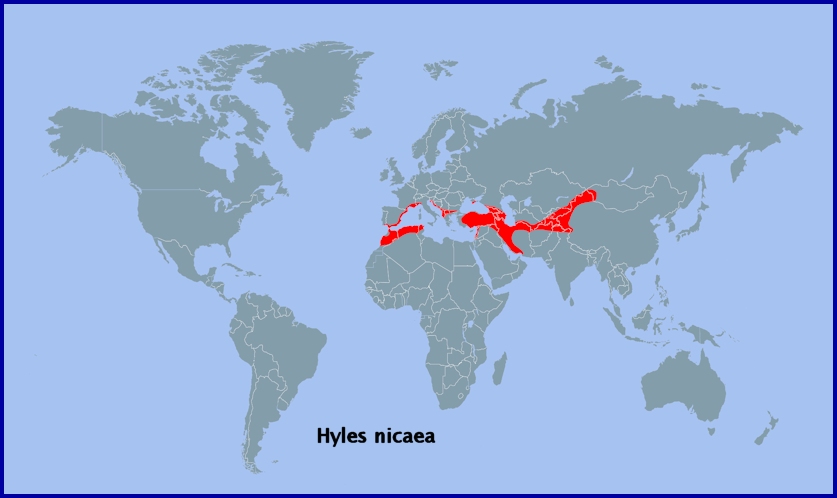
The Atlas mountains of northwest Africa as subsp. castissima. From southern Portugal and Spain across southern Europe to western Turkey (including the Balearic Islands and south-western Bulgaria) as subsp. nicaea. The southern Crimean Peninsula (Ukraine) and western Transcaucasia as subsp. orientalis. Northeastern Afghanistan (Ebert, 1969), northern Pakistan (Rafi et al., 2014), north-west India (Kashmir) and China (Xizang Province/Tibet) as subsp. lathyrus (Walker, 1856).
 Return to species list
Return to species list